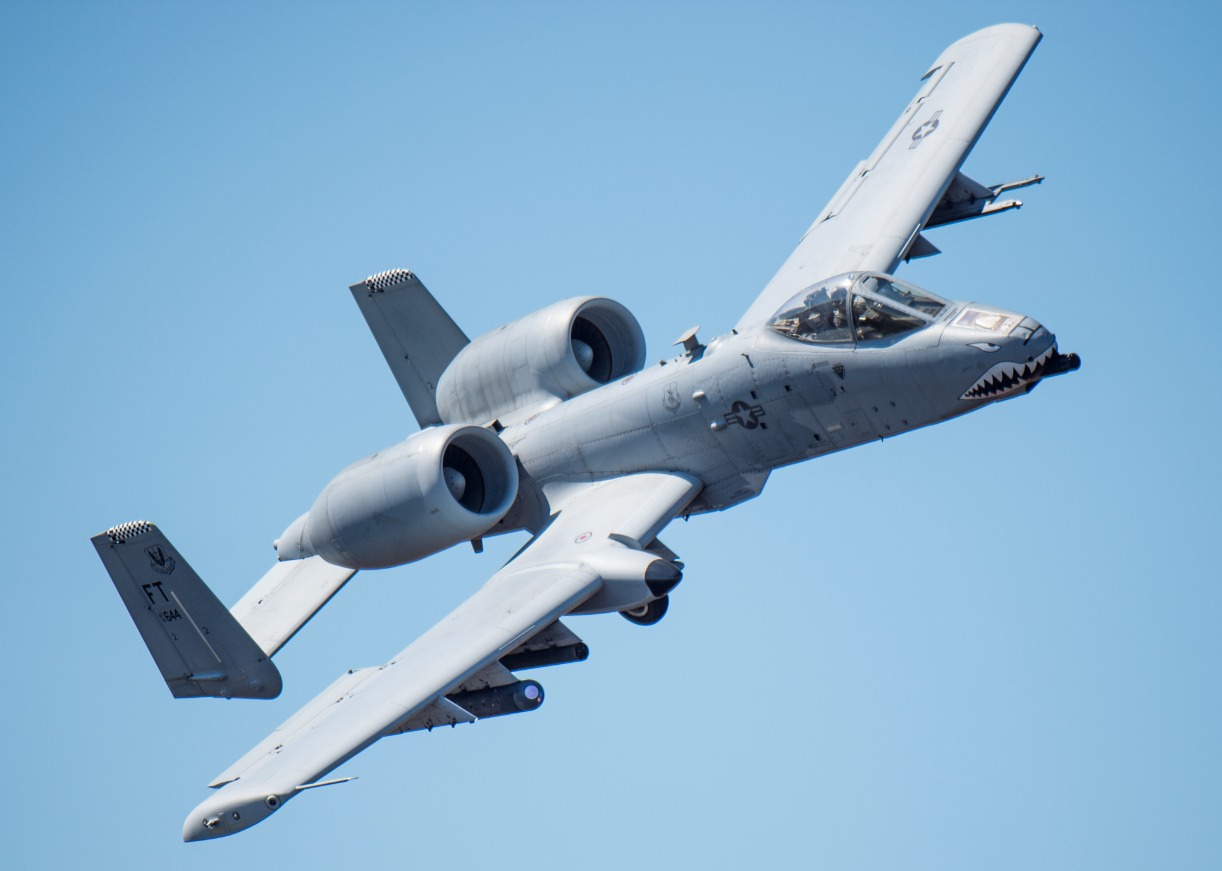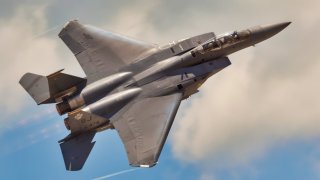NATO's Warplan Against Russia: Go Crazy with Tactical Nuclear Weapons
Should conventional military efforts fail to halt a Russian-lead Warsaw Pact assault, NATO was equipped with an extensive array of tactical nuclear armaments, ranging from nuclear depth charges to gravity bombs, alongside Ground-Launched Cruise Missiles and Pershing II missiles.
Summary: Formed in 1949 to counter Soviet expansion, NATO aimed to prevent Western Europe's military overrun, focusing on maintaining air superiority, open sea communication lines to North America, protecting West Germany's territorial integrity, and avoiding nuclear warfare. With the doctrine of forward defense, NATO planned to halt Soviet advances near the German border, leveraging AirLand Battle tactics for coordinated ground-air strikes and ensuring naval dominance to secure transatlantic supply routes. Technological advances in the 1980s, including the U.S. "Big Five" and West Germany's Leopard II tanks, bolstered NATO's capabilities. NORTHAG and CENTAG, responsible for defending northern and central Germany, respectively, prepared for varied warfare scenarios, from conventional battles to potential nuclear conflicts, emphasizing the critical role of ground forces and the strategic importance of terrain. Norway's defenses capitalized on difficult terrain, while NATO also prepared for behind-the-lines threats from airborne and special forces. Despite these preparations, the alliance's reliance on tactical nuclear weapons underscored the grave risks of escalation to global catastrophe.
NATO vs. Russia World War III
The North Atlantic Treaty Organization (NATO) was formed in 1949 to oppose Soviet expansionism in Western Europe. The end of the war saw the Soviet Union solidify its gains in Eastern Europe, garrisoning countries such as Poland, Hungary, Czechoslovakia, Romania, Bulgaria and East Germany. NATO was a direct response to the raising of what Winston Churchill deemed the “Iron Curtain.”
At the time, American and Western European planners felt that if war were to break out between West and Stalin’s Russia, it would quite logically take place in Europe. The reality of nuclear weapons, however, meant that the two sides avoided direct confrontation and instead fought a series of proxy wars worldwide. That having been said, for the Soviet Union an invasion of Western Europe carried the biggest risk—and the biggest reward.
NATO’s strategic mission was to prevent the destruction of the alliance by military force. Essential to that were four wartime goals: gaining air superiority, keeping sea lines of communication open to North America, maintaining the territorial integrity of West Germany and avoiding the use of nuclear weapons. Were NATO to lose any of these four, the war was as good as over.
In 1988, NATO’s plan for the defense of Western Europe was the doctrine of forward defense, in which Soviet and Warsaw Pact forces were stopped as far close to the inner German border as possible. A defense in depth—which experience on the Eastern Front in World War II had proved superior—would have imperiled virtually the entire West German population and forty years of postwar rebuilding.
NATO seemingly had no unified battle plan other than to “man the line” until Soviet and Warsaw Pact forces were exhausted—whereupon counterattacks could be executed to restore prewar borders. West German Army forces, inflexible at the strategic level, were allowed a level of flexibility at the tactical level. The United States devised AirLand Battle, a doctrine that stipulated ground and air units would work together to strike the enemy simultaneously, from the forward edge of the battle area to deep behind enemy lines.
At sea, the primary mission of NATO’s naval forces was to keep the sea lanes between North America and Europe open, in order to guarantee the flow of reinforcements from the United States and Canada. NATO patrol aircraft, ships and submarines would seek out Soviet submarines attempting to interdict supply convoys, trying to keep them north of an imaginary line connecting Greenland, Iceland and the United Kingdom.
In the Norwegian Sea, the U.S. Navy planned to surge two to three carrier battle groups, plus a battleship surface action group to attack Soviet air and naval bases of the Northern Fleet. This direct attack on the Soviet homeland was meant to divert enemy attention from the convoys, destroy air and naval facilities, and starve enemy units at sea of support. It would also, unofficially, isolate Soviet ballistic missile submarines from their land-based support, leaving them in a position to be hunted down.
NATO naval forces would bottle up Soviet, Polish and East German naval forces inside the Baltic Sea, and prevent a seaborne invasion of Denmark. West German naval forces would be on alert for Polish marine units attempting to execute a landing north of Hamburg.

In the air, NATO’s air fleets would be assigned to several roles. American F-15s and F-16s, British Tornado ADV, and German F-4 Phantom jets, among many others, would attempt to establish air superiority over the continent. Meanwhile, British and German Tornado IDS low-level strike bombers would fly counter-air missions, bombing Warsaw Pact airfields in East Germany and Poland. USAF F-111 fighter bombers and other alliance strike jets would perform interdiction missions, bombing bridges, headquarters, supply and other targets to slow the Warsaw Pact advance. Finally, American A-10 Warthogs, German Alpha Jets and Royal Air Force Harriers would be providing forward air support to beleaguered NATO ground troops.
Yet it was on the ground was where the war would have been decided. Everything supported the war on the ground—even the air war, for the ideal Soviet solution to NATO air superiority was to put a tank on every enemy airfield.
Technologically, NATO ground forces had an edge, and the decade was a period where many combat systems were introduced that are still in service today. In 1988, the Europe-based U.S. Seventh Army was several years into fielding its “Big Five” combat systems: the M1 Abrams tank, M2 Bradley infantry fighting vehicle, AH-64 Apache attack helicopter, UH-60 Blackhawk transport and Patriot air defense missile, which would greatly upgrade the Army’s ability to fight AirLand Battle. West Germany had begun deploying its second generation tank, the Leopard II, also being deployed by the Netherlands, and had the Marder infantry combat vehicle. At the same time, the introduction of the Challenger tank and Warrior infantry fighting vehicle reinvigorated the British Army of the Rhine’s combat formations.

NORTHAG, or Northern Army Group, was assigned to the north half of West Germany. NORTHAG was committed to defending the North German Plain, a stretch of relatively flat, rolling country from the inner German border to the Netherlands and Belgium. The terrain clearly favored the attacker. NORTHAG also had the added pressure of protecting the shortest route to the Ruhr, the industrial heartland of West Germany, the West German capital of Bonn, and the shortest routes to Antwerp and Rotterdam, two major ports that played an essential role in flowing reinforcements to NATO.
NATO forces in sector were split between German, British, Dutch and Belgian corps of two to four combat divisions each—meaning it enjoyed unity of command only at the army level. Although NATO could expect quick reinforcement from the UK, the Netherlands and Belgium, most units in the army group’s sector were stationed far from their defensive positions and required extended warning to occupy them.
CENTAG, or Central Army Group, was assigned to the lower half of Germany. CENTAG was a predominantly German and American force, with a mechanized brigade from Canada added for good measure. Two German corps, each with a mix of panzer, panzergrenadier and mountain divisions, would hold the line, as well as two American corps, each consisting of two to three armored and mechanized infantry divisions. CENTAG was responsible for the narrowest point between the German border and the Rhine river, a distance of roughly 120 miles.
Although outnumbered, CENTAG had aces up its sleeve. U.S. and German combat formations were made up of armor and mechanized infantry, ideal for fighting the tank-heavy Soviet and Warsaw Pact forces facing them. Although a conscript army the Bundeswehr, as the West German army was called, was of very high quality, with excellent training, leadership and equipment. American divisions stationed in Europe had an extra maneuver battalion, increasing firepower by approximately 10 percent, and each American corps had an armored cavalry regiment screening the border.
Another plus for CENTAG was the terrain. Unlike northern Germany, the terrain in southern Germany consist of hills, mountains and connecting valleys, all of which strongly favored the defender. It was in CENTAG that the famous Fulda Gap was located, as well as the lesser-known Hof Gap and nearby Cheb Approach.
In the far north, Norway’s shared border with the Soviet Union seemingly boded ill for its defense. The mountainous terrain of Norway, however, made at an attack difficult to sustain, and any Soviet ground assault would have likely been assisted by Soviet marine and airmobile forces. NATO planned to send a multinational brigade, ACE Mobile Force, to buttress Norwegian defenses, and the U.S. Marine Corps pre-positioned an entire brigade’s worth of equipment in Norwegian caves.
Across the continent, NATO could expect enemy airborne landings, helicopter-borne air assaults and attacks by special forces. These light and highly mobile formations would be used to seize key objectives behind NATO lines including airfields, bridges (especially over the Rhine, Main and Weser rivers), headquarters, supply depots and pre-positioned stocks of American equipment.

Guarding against these attacks and providing rear-area security were twelve brigade-sized units of West German reservists. Bonn also had three brigades of paratroops that could be quickly rushed to defend threatened areas. Air base security in NATO was very high, with the U.S. Air Force deploying large numbers of security troops at its many bases and the RAF Regiment guarding British airfields.


